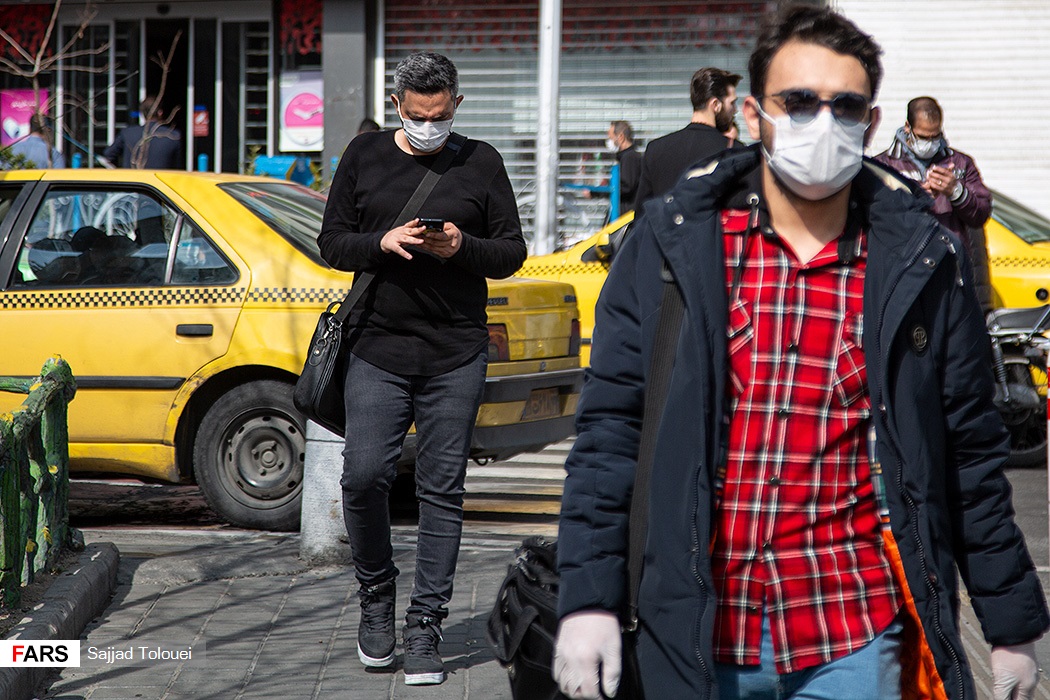The employment rate in Iran during the first quarter of the current Iranian year (March 20-June 20) stood at 36.9% (22.96 million), down 2.9% compared with the same quarter of last Iranian year.
Employment rates for men and women were 61.8% and 12.2%, respectively, which constituted 19.17 million men and 3.78 million women in Q1, the Statistical Center of Iran reported.
The rate was 35.7% or 16.99 million in urban areas and 40.8% or 5.97 million in rural areas.
Employment is defined as persons of working age engaged in any activity to produce goods or provide services for pay or profit, whether at work during the reference period or not at work due to a temporary absence from a job, or to working-time arrangement.
The share of employment of university graduates stood at 25.2% of the total employed population, wherein male and female graduate employment was 21.3% and 45.1%, respectively. Graduate employment rates in urban and rural areas stood at 31.3% and 7.8% of the total population of job-holders.
The unemployment rate, the proportion of jobless population of ages 15 and above, stood at 9.8% in Q1, indicating a 1.1% decline compared with the same period of last year.
A total of 2,505,336 Iranians were unemployed in Q1.
Men’s unemployment stood at 9% while the rate for women hovered around 13.7%.
Over 1.9 million men and 602,074 women of ages 15 and above were jobless in Q1, according to the latest report by the Statistical Center of Iran.
The unemployment rate was 10.7% for urban areas (2.03 million people) and 7.3% for rural areas (472,634 people).
SCI provides two figures for the youth unemployment rate: the proportion of the population between 15 and 24 years and those between 18 and 35 years.
The youth unemployment rate of those between 15 and 24 years stood at 24.5% in Q1, posting a 2% decrease while the unemployment rate of those between 18 and 35 years stood at 16.7%, posting a decline of 1.5% YOY.
Unemployment rate for university graduates stood at 13.5% in Q1, posting a 3.3% decrease YOY. Higher education unemployment rate for men stood at 10.3% and that of women stuck around 20.2%.
The share of higher education unemployment from the total unemployed population was 36% in Q1, which indicates a decrease of 4.4% year-on-year.
The unemployment shares of male and female graduates from the total unemployed population stood at 24.7% and 71.9%, respectively, while the share of higher education unemployment from the total unemployed population were 38.8% in urban areas and 23.9% in rural areas during the period.
This is while SCI put Q1 labor force participation rate—the proportion of the population of ages 15 and above that is economically active either employed or looking for job—at 41% or 25.46 million people, registering a 3.7% decrease year-on-year.
Men’s and women’s economic participation rates were at 67.9% and 14.1% respectively.
About 21.07 million men and 4.39 million women of ages 15 and above were economically active in Q1, i.e., they were either employed or looking for a job.
Coronavirus Impact
The outbreak of coronavirus and its associated challenges has had a significant impact on Iranians in terms of labor force participation—the proportion of the adult population (ages 15 and above) who are employed or seeking jobs.
“A total of 2.76 million people [1.3 million men and 1.46 million women] were added to the number of inactive labor force in the first quarter; 14.8% of the employed population and 37.2% of unemployed population in the same period of last year were added to the population of people outside the labor force this year,” says Javad Hosseinzadeh, the head of SCI.
These individuals are not included in unemployment calculations, which only capture people who are looking for work. This means that the fall in labor force participation translates to people not searching for work, chiefly due to the outbreak of coronavirus, and consequently a decline in unemployment rate.
"A decrease in the unemployment rate isn’t necessarily a sign of an improving economy. When people stop looking for jobs and drop out of the labor force, the unemployment rate will decline even though the true employment situation has not improved. For an economy to run satisfactorily, the decline in unemployment rate must coincide with an increase in both economic participation and employment rates," the SCI chief said.
Hosseinzadeh referred to the unprecedented decline in average working hours due to the pandemic and said the average working hours have decreased from 45.8 hours per week in Q1 of last fiscal year to 40.4 hours per week this spring.
Generally, during the first quarter of the current year, 56.1% of the employed population worked 44 or more hours per week and 36.7% put in fewer than 44 hours while 7.2% were temporarily absent from work, he said.
And in a further sign of the impact of coronavirus on Iran’s labor market, Hosseinzadeh said, “Out of 20 groups that economic activities are divided into, only five groups reported an increase in employed population in Q1 compared with last year’s similar period. The highest increase in the number of employees was posted for healthcare and social workers, and the sharpest decline was registered in fields, such as agriculture, industries and manufacturing, retail and wholesale, transportation, education, hotels and restaurants.”


